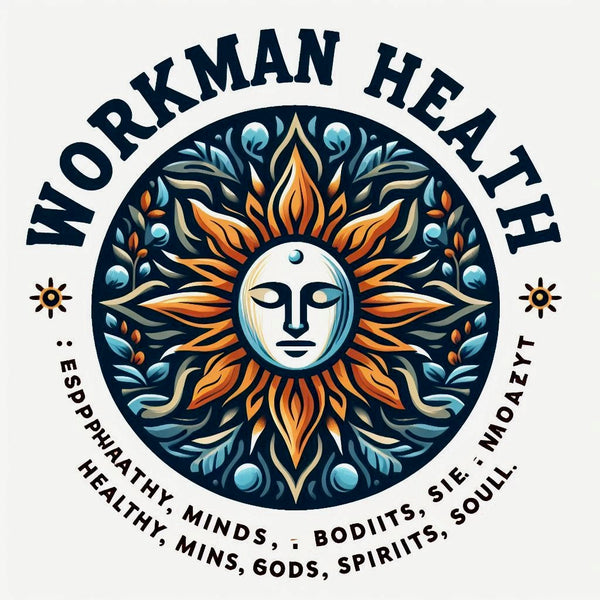IBOGAINE VS METHYLENE BLUE
Ibogaine: Key Points
• Addiction Interruption: Ibogaine is primarily researched for its ability to reduce cravings and withdrawal symptoms in people with substance use disorders, particularly opioids and cocaine.
• Pharmacology: It acts on many neurotransmitter systems, including serotonin, dopamine, and opioid receptors, but with relatively low affinity for serotonin receptors.
• Risks: Ibogaine can cause significant cardiac side effects, including QTc prolongation and risk of fatal arrhythmias, as well as severe ataxia and psychomimetic (psychedelic) effects.
• Legal Status: It is a Schedule I substance in the US and is not approved for medical use.
Methylene Blue: Key Points
• Medical Uses: Approved for treating methemoglobinemia, a condition where hemoglobin cannot carry oxygen efficiently. Also used for certain types of drug-induced neurotoxicity, as a diagnostic dye, and is being researched for neurodegenerative diseases.
• Mechanism: Functions as a redox agent, enhances mitochondrial function, acts as an MAOI, and has antioxidant and anti-inflammatory properties.
• Risks: Can cause serotonin syndrome when combined with serotonergic drugs, hemolytic anemia in G6PD-deficient individuals, and other side effects such as nausea, dizziness, and skin discoloration.
• Neuroprotection: Shows promise in neurodegenerative disease models due to its ability to cross the blood-brain barrier and support mitochondrial health
Conclusion
Ibogaine and methylene blue are fundamentally different compounds with distinct medical uses, mechanisms, and risk profiles. Ibogaine is primarily explored for addiction interruption but poses significant cardiac and neuropsychiatric risks and is illegal in many countries. Methylene blue is a well-established medication for methemoglobinemia, with expanding research into neuroprotection and mitochondrial health, but it also carries risks, particularly serotonin syndrome when combined with certain antidepressants. Their uses do not overlap, and each should only be considered within appropriate clinical contexts.
Ibogaine and methylene blue are fundamentally different compounds with distinct medical uses, mechanisms, and risk profiles. Ibogaine is primarily explored for addiction interruption but poses significant cardiac and neuropsychiatric risks and is illegal in many countries. Methylene blue is a well-established medication for methemoglobinemia, with expanding research into neuroprotection and mitochondrial health, but it also carries risks, particularly serotonin syndrome when combined with certain antidepressants. Their uses do not overlap, and each should only be considered within appropriate clinical contexts.
